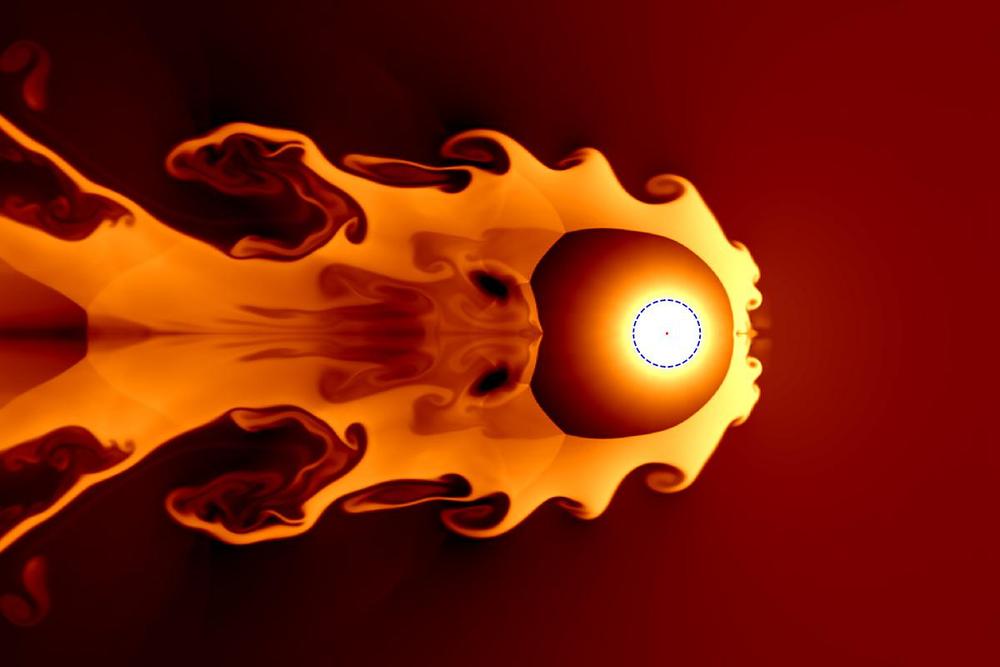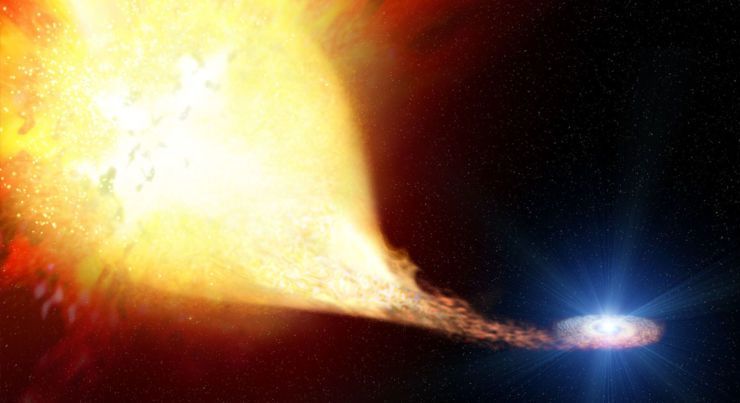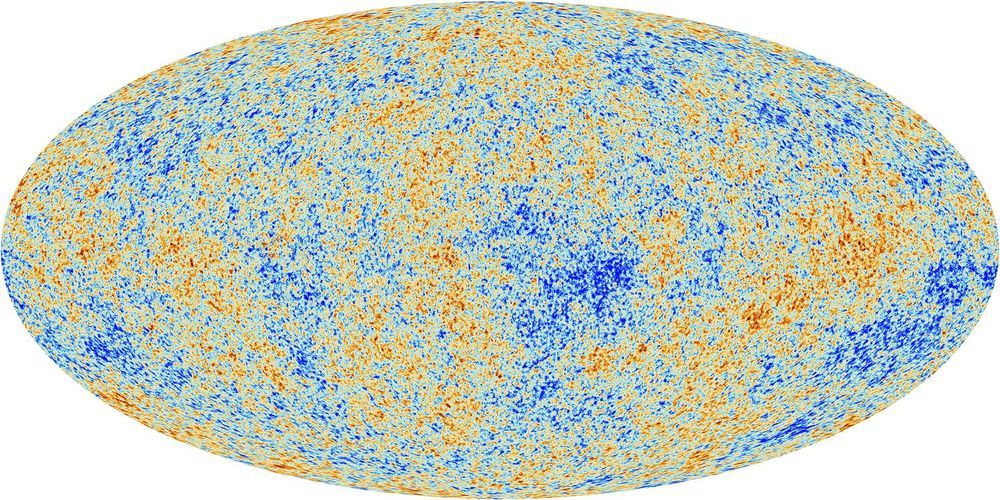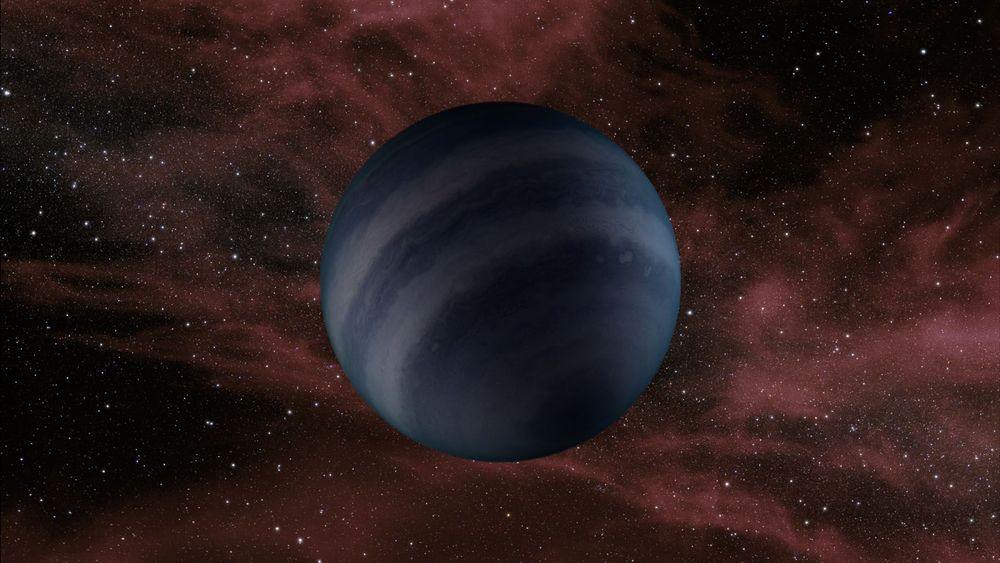Astrophysical detectives point to a cosmic supernova explosion or explosions to explain ancient extinction events here on Earth.
Category: cosmology – Page 320
Circa 2017
Imagine you took all sunlight that hits our planet at any given moment, and focussed it on one (unfortunate) piece of Earth the size of a thumbnail. Now times that blistering intensity by 100, and you’re beginning to understand the insanity of the world’s most powerful X-ray laser.
In a surprise result, scientists have focussed the full intensity of this laser onto a single molecule, and the aftermath has given rise to a phenomenon no one’s ever seen before — a molecular ‘black hole’, which consumes anything in its path.
“We certainly weren’t expecting this from previous measurements,” one of the team, Sebastien Boutet from the US Department of Energy’s SLAC National Accelerator Laboratory, told Mashable.
:ooo
Astronomers have seen what appears to the first light ever detected from a black hole merger.
When two black holes spiral around each other and ultimately collide, they send out ripples in space and time called gravitational waves. Because black holes do not give off light, these events are not expected to shine with any light waves, or electromagnetic radiation. Graduate Center, CUNY astrophysicists K. E. Saavik Ford and Barry McKernan have posited ways in which a black hole merger might explode with light. Now, for the first time, astronomers have seen evidence of one of these light-producing scenarios. Their findings are available in the current issues of Physical Review Letters.
A team consisting of scientists from The Graduate Center, CUNY; Caltech’s Zwicky Transient Facility (ZTF); Borough of Manhattan Community College (BMCC); and The American Museum of Natural History (AMNH) spotted what appears to be a flare of light from a pair of coalescing black holes. The event (called S190521g) was first identified by the National Science Foundation’s (NSF) Laser Interferometer Gravitational-wave Observatory (LIGO) and the European Virgo detector on May 21, 2019. As the black holes merged, jiggling space and time, they sent out gravitational waves. Shortly thereafter, scientists at ZTF — which is located at the Palomar Observatory near San Diego — reviewed their recordings of the same the event and spotted what may be a flare of light coming from the coalescing black holes.
“At the center of most galaxies lurks a supermassive black hole. It’s surrounded by a swarm of stars and dead stars, including black holes,” said study coauthor Ford, a professor with the Graduate Center, BMCC and AMNH. “These objects swarm like angry bees around the monstrous queen bee at the center. They can briefly find gravitational partners and pair up but usually lose their partners quickly to the mad dance. But in a supermassive black hole’s disk, the flowing gas converts the mosh pit of the swarm to a classical minuet, organizing the black holes so they can pair up,” she says.
It seems a fusion shield could survive a supernova explosion.
“That’s what makes this white dwarf unique — it did undergo nuclear burning, but stopped before it got to iron,” Gänsicke told Space.com.
“This star is unique because it has all the key features of a white dwarf but it has this very high velocity and unusual abundances that make no sense when combined with its low mass,” Boris Gänsicke, physics professor at the University of Warwick, UK, and lead author of a paper about the research published the Monthly Notices of the Royal Astronomical Society, said in a statement.
“It would have been a type of supernova, but of a kind that that we haven’t seen before,” he added.
The universe may never end if we refuel it.
Tick-Tock. The universe’s perpetual clock keeps on clicking off the seconds, even in peculiar times such as these, when work weeks seem to fly past like hours and months are a silent blur.
But just to put things into proper perspective for how insignificant our strictly-defined daily blocks of time truly are, one inquisitive scientist has devised a formula to predict just when cosmic existence will finally come to a screeching halt and the final supernova erupts.
A theory of quantum gravity that describes the universe as beginning in a “Big Bounce” r
If you do not yet have an account, please register so you can.
Your typical, run-of-the-mill black holes have long ago been eliminated from the running as candidates for dark matter, that mysterious substance that appears to make up a large proportion of the mass in our universe, including our own galaxy.
The reason is simple: ordinary black holes come from the collapse of stars, which means that they were originally formed from what is called baryonic matter, ordinary matter. You are made of baryons and so are black holes.
The universe may have started with a Big Bang, but it will most likely end in an utterly anticlimactic way, slowly fading to black over trillions and trillions of years. Now, a theoretical physicist at Illinois State University has calculated what might just be the last interesting event that will ever happen – the explosions of stars called black dwarfs, which don’t even exist yet.
The ultimate fate of the universe is still up for debate, but one of the leading hypotheses is that it will undergo a “heat death.” Basically, all the stars will cool down and fizzle out, black holes will evaporate, and the never-ending expansion of the universe will stretch the fabric of reality so far that the remaining subatomic particles will rarely have the chance to whiz within a parsec of each other.
And now, thanks to theoretical physicist Matt Caplan, we have an idea of what might be one of the last things that will ever happen – black dwarf supernovae.
A new study makes a compelling case for the development of “NEMO”—a new observatory in Australia that could deliver on some of the most exciting gravitational-wave science next-generation detectors have to offer, but at a fraction of the cost.
The study, co-authored by the ARC Center of Excellence for Gravitational Wave Discovery (OzGrav), coincides with an Astronomy Decadal Plan mid-term review by Australian Academy of Sciences where “NEMO” is identified as a priority goal.
“Gravitational-wave astronomy is reshaping our understanding of the Universe,” said one of the study’s lead authors OzGrav Chief Investigator Paul Lasky, from Monash University.
#CyberneticSingularity
About 542 million years ago, something weird and profoundly remarkable happened on Earth. Quite suddenly, life went insanely inventive, proliferating from simple, rudimentary single-celled organisms into myriad multi-cellular forms. Evolution discovered the idea of more sophisticated and specialized cells, and most of the basic body plans we know today. Biologists call it the Cambrian explosion.
Today, we are on the verge of yet another event of astronomical significance, akin to some kind of Intelligence Supernova, which I refer to as the Cybernetic Singularity, or the Syntellect Emergence. In the scientific community, this upcoming intelligence explosion is also known as the Technological Singularity. Surprisingly enough, most people are still simply oblivious of this rapidly approaching “galactic event” that so many of us are about to witness in our lifetimes.








